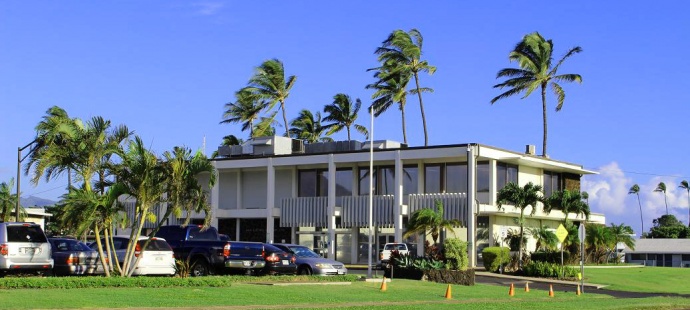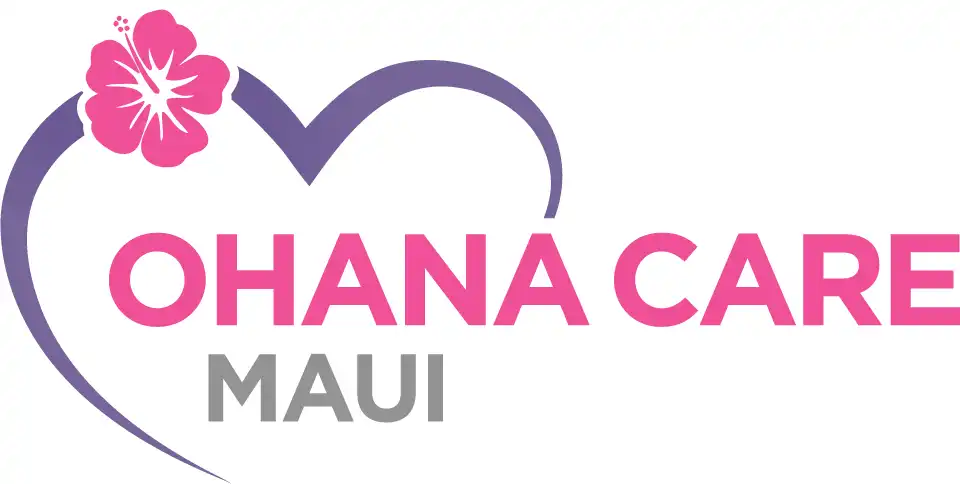HECO Proposes New Time-of-Use Rates for Public Schools
The Hawai‘i Public Utilities Commission received a proposal from the Hawaiian Electric Companies with new, lower daytime electric rates for the Hawai‘i Department of Education that could help public schools manage their electricity costs as they install additional air conditioning and cooling equipment, while also using renewable energy that is available during the day.
“At the Hawaiian Electric Companies, we know the challenges in providing a comfortable learning environment for our students and teachers,” said Jim Alberts, Hawaiian Electric senior vice president for customer service. “There’s been a big push for air conditioning and fans in our public schools so we wanted to find a way to assist in controlling their energy costs as they add this equipment.
“Our goal in proposing these rates is to give the Department of Education the opportunity to expand air conditioning in classrooms across the state with a tool to manage the increase in electricity use that could really hit a school’s utility budget,” said Alberts.
“These schools are supported by our tax dollars,” he said. “Giving schools greater control over their electric bills will allow more money to pay for education and other priorities.”
HECO estimates that the Department of Education would have saved about 9% on electric bills for the 12 months ending June 2015 had the proposed rates been in effect. These savings could help offset costs as more air-conditioning and cooling equipment is added.
“The department has been working on a number of ways to effectively cool schools,” said Superintendent Kathryn Matayoshi. “The time-of-use rate proposed by Hawaiian Electric would enable us to move forward on air conditioning projects while managing energy costs as well as foster responsible energy usage.”
Each of the 240 public schools in the HECO’s service territories (Hawai‘i Island, Maui, Moloka‘i, Lāna‘i and O‘ahu) will have the option to take advantage of the new rates. Actual savings will depend on how much each school is able to change its use to fit the time-of-use rate periods.
Participating schools would pay:
- The lowest rate—about 25% less than the recent average effective energy charge—from 8 a.m. to 4 p.m. (super off-peak hours).
- A rate that is the same as the existing energy charge rate from midnight to 8 a.m. (off-peak hours).
- A rate that is higher—above the existing energy charge rate—from 4 p.m. to midnight (peak hours).
The Proposed Rates Also Support Renewable Energy
These rates are also designed to encourage more electricity use during the hours of the day when renewable energy—particularly solar—is adding more low-cost electricity to the grid. In addition, by designing time-of-use rates to better match demand with energy supply, the utilities may also reduce the need for additional system resources, including utility generation, during evening peak hours.
The new rates also provide educational and operational opportunities for students, teachers and administrators to see each participating school’s energy use.
With the additional grid intelligence from the Hawaiian Electric Companies Smart Power for Schools’ program, electricity use trends with the proposed DOE time-of-use rates can be monitored, managed and evaluated by both the DOE and Hawaiian Electric Companies to refine the rate schedules in the future.
The proposed new rates are called “Schedule DOE-J, Commercial Time-of-Use Service” and “DOE-P, Large Power Time-of-Use Service.” Most schools would fall under the DOE-J rate.
HECO is asking the PUC to allow these rates to go into effect by Jan. 5, 2016, and stay in effect for 10 years, through four to five of the Department of Education’s two-year budget cycles, to ensure proper evaluation of the stated objectives.
FutureTime-of-Use Rate Programs
HECO is also developing time-of-use rate proposals for other customers to help manage their energy costs and support renewable energy. Those proposals will be submitted to the PUC this month.








_(1)_1750878889339.webp)
